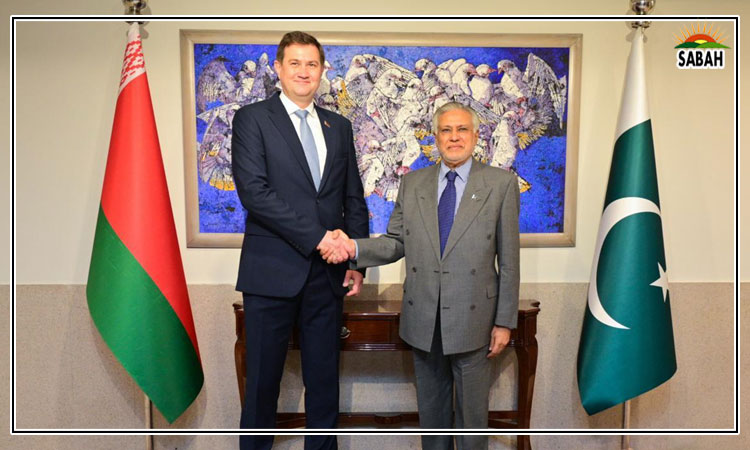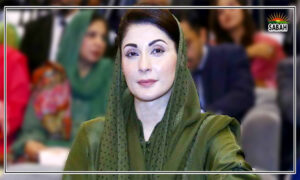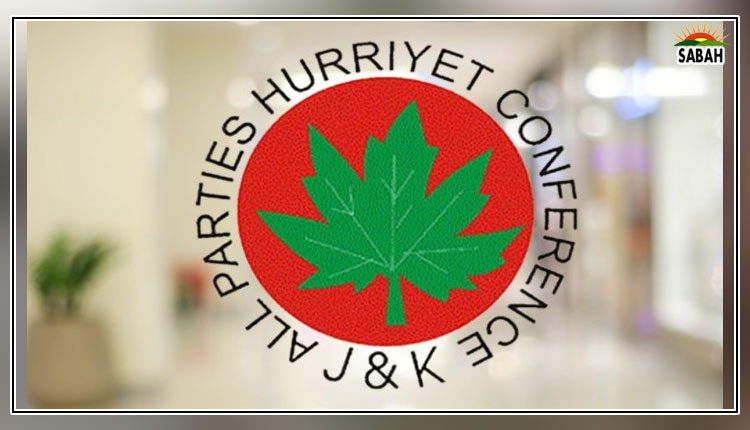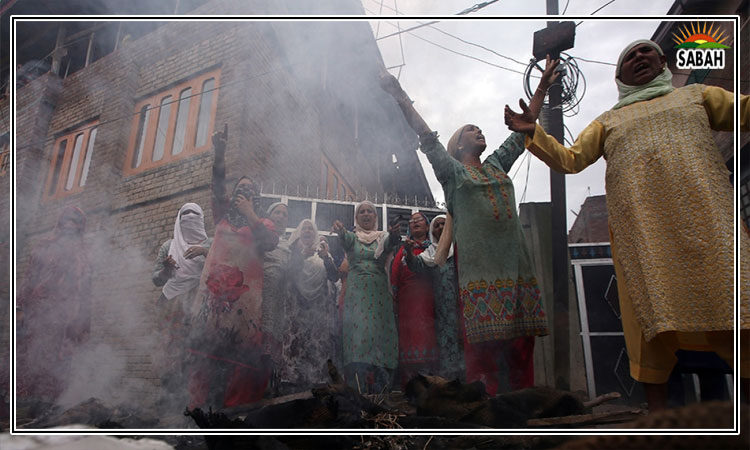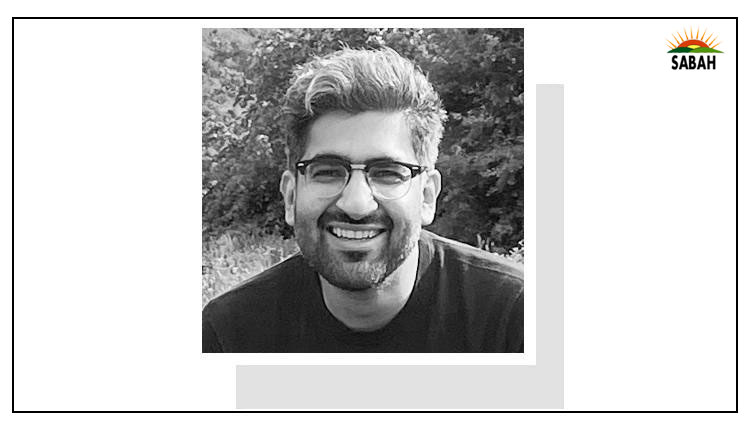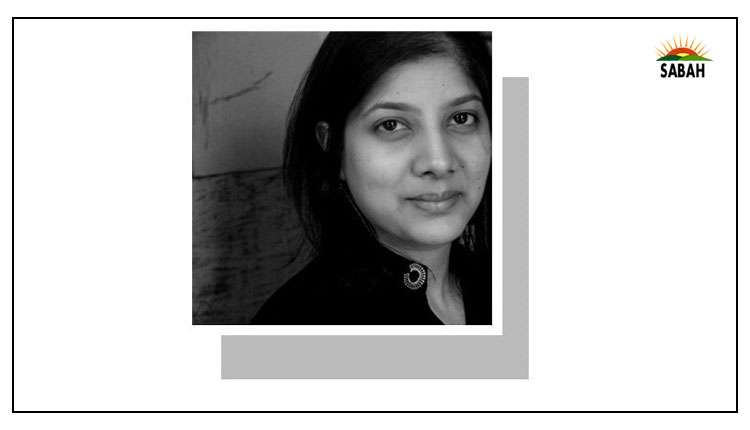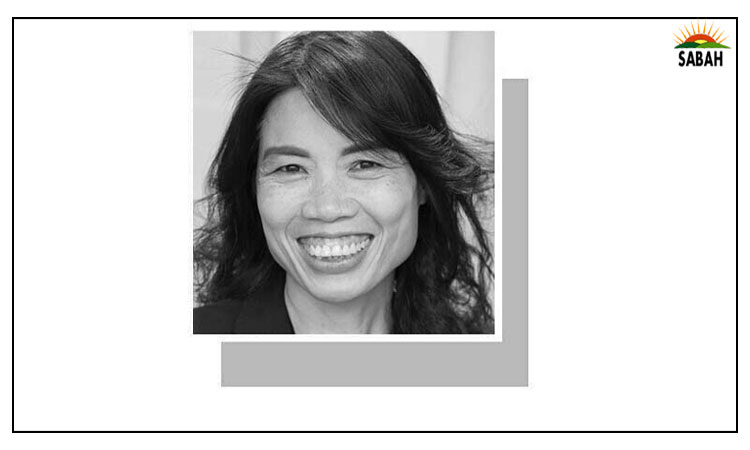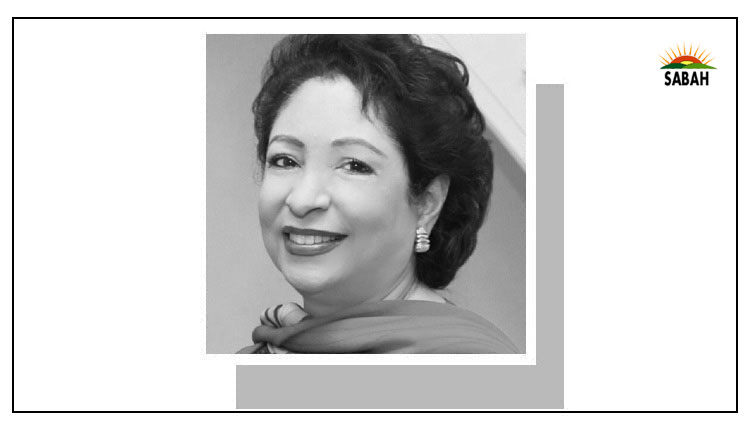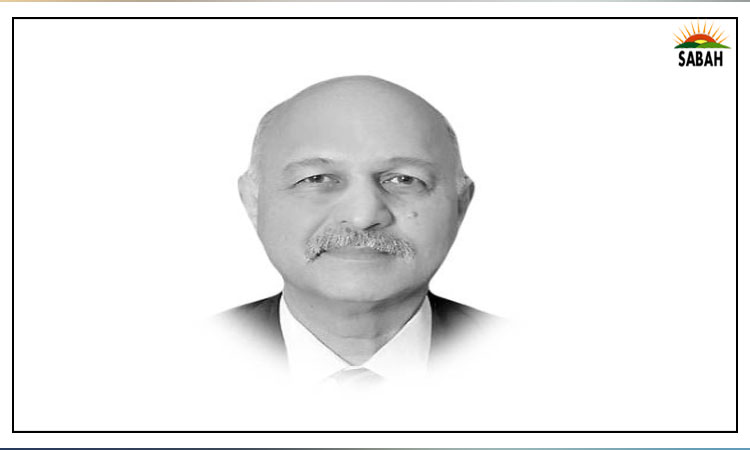Whither Karachi? … Zubeida Mustafa
AS was expected, Karachi was at the centre of all speeches at the event organised by the Theosophical Society to celebrate the 134th birth anniversary of the city’s first mayor Jamshed Nusserwanjee. It warmed my heart to hear about Mr Nusserwanjee’s services to the people of Karachi. What emerged was that we owe a lot to the non-Muslim communities for making the city what it became — a clean, elegant and liveable place with the biggest concentration of educational institutes, health facilities and economic activities.
Speaker after speaker admitted that the city had lost its greatness. The current mayor, Murtaza Wahab, conceded his failure by informing the audience that he often had to cover Nusserwanjee’s bust in his office with a piece of cloth so that all the evils that have visited Karachi were not visible to his august predecessor.
At the event, there was a lot of talk about the need for people to have a sense of ownership of and belonging to the city. Along with this, there was much mention of the compassion that Mr Nusserwanjee and his ilk had shown to animals that coexisted with the men and women.
The question that needs to be asked is what caused these feelings to vanish. There is a point of view that the main factor responsible for why no one owns Karachi or has a sense of belonging to it is the composition of its population, Karachi has become primarily a city of migrants who come here to make a living and go home to be buried when they die. Karachi is like the proverbial milch cow that is valued to the extent that it serves the purpose of those who come here. Hence it is regarded as a workplace and not a home.
However, another opinion differs saying that Karachi has always been a migrants’ city since it was described as such in the Gazetteer of 1941 that the British administrators wrote after studying the area under their jurisdiction. This has always been the case as is indicated by the fact that the city’s population has grown by leaps and bounds and much faster than what the natural birth rate would account for. This migration has made Karachi a cosmopolitan city. That did not prevent the development of the city when the city fathers wanted it. Those of us who have lived in Karachi for decades have been witness to this jerky growth. Thus the city’s population jumped from 434,887 in 1941 to 1,137,667 in 1951 after the influx of migrants from India. Again there was a massive increase in the population from 9,802,134 in 1998 to 16 million in 2017.
If anything, migration has created a diversity that has enriched the city’s culture and made the people versatile and tolerant of multiculturalism. There is no doubt that these characteristics have made Karachi more interesting, more creative intellectually and technologically as well as economically productive, attracting people from near and far. No wonder Karachi is said to generate 56 per cent of the revenues the Pakistani government collects from all over the country, while 50pc of national export earnings and 96pc of the sales tax of Sindh comes from Karachi.
What then stops Karachi’s rulers from making the city liveable as it was many years ago? The most plausible reason for the decline in Karachi’s fortunes is no doubt the politicisation of the administration of the city, combined with mismanagement, poor planning, and corruption. This has cumulatively led to the neglect of the city. This neglect translates into confusion, irksome issues that make day-to-day living a challenge, the breakdown of law and order, and divisions among the people. Who benefits from this state of affairs? Those who do not want Karachi to emerge as a powerful political force as it was before Ayub Khan shifted the capital from Karachi to Islamabad. Thereafter, constant meddling by the powers that be and the resultant polarisation of public opinion in the city has made Karachi ungovernable, leaving no room for the planned development of the city.
In such circumstances, it is inevitable that corrupt and exploitative forces step in to fill the vacuum. The rich use their wealth to provide for their own needs, while the poor suffer as their needs go unattended. They do not receive even the compassion that animals were shown in days of yore. This intensification of inequality and poverty has made Karachi insecure, unstable and a difficult megacity to live in. Infighting at the national level is also reflected at the city level. After all, the present incumbent in the mayor’s office did not have smooth sailing at the hustings. What yesterday’s national elections have in store for Karachi, we shall soon know. It is a pity that this city had becomes a bone of contention because of its potential to emerge as a modern and cosmopolitan metropolis.
Courtesy DAWN


